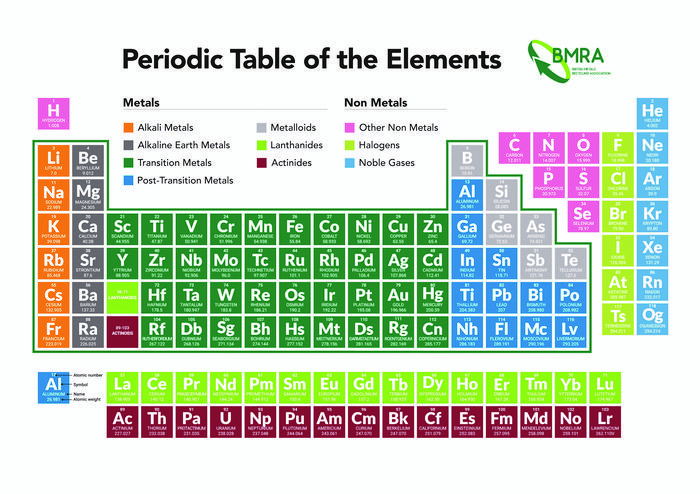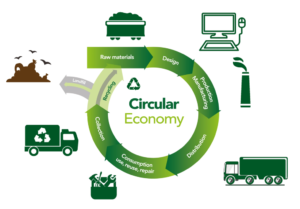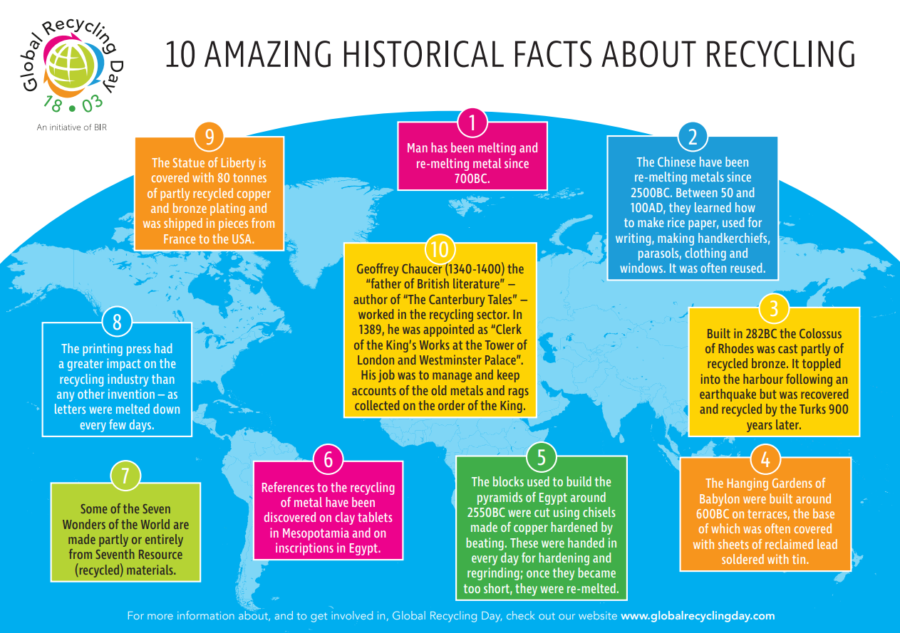Most elements on the Periodic Table are metals and come from the earth. The metals are mined, and the resulting ore further refined to create virgin metal to make all manner of items, steel for cars, aluminium for drinks cans, copper for pipework. Once the metal has reached the end of its life, the metal can be recycled.


Download the BMRA's Metals Recycling Factsheet
Every tonne of recycled steel saves:
- 1.5 tonnes of iron ore
- 0.5 tonnes of coal
- 70% of the energy
- 40% of the water
- 1.5 tonnes of CO₂
Lithium (Li), found in electric car batteries, is rare and only present in small concentrations of the Earth's crust. BMRA is part of the ReLiB project, looking at ways to extract lithium for recycling. Fact: http://phys.org
Tungsten (W) is one of the hardest metals that can withstand extreme temperatures and is even used in rocket engine nozzles.
Titanium (Ti) is low density, high strength, and 45% lighter than steel. It is highly resistant to corrosion from sea water and used in many industries including healthcare for joint replacements.
68% of all Nickel (Ni) from consumer products is recycled and begins a new life cycle (fig 2010). 57% of all mined nickel is still in use and global nickel-related CO emissions are reduced by one third thanks to nickel recycling. Fact: @NickelInstitute

Metal is 100% recyclable, it is permanent and it can be recycled forever, over and over again. It contributes to the circular economy, avoiding landfill.
Recycling one tonne of Tin (Sn) saves 99% of the energy required for the primary production of tin. Facts: BIR
Gold (Au) is a noble metal. It is relatively unreactive and resists degradation by air, moisture, or acidic conditions*. One tonne of smartphones can contain 300 times more gold than one tonne of gold ore**. Facts: *http://Thoughtco.com **BBC
Recycling one aluminium can saves enough energy to run a set of Christmas tree lights for two hours! Fact: Every Can Counts
50% of lead (Pb) has been used before in other products. Using secondary lead instead of ore reduces CO₂ emissions by a whooping 99%. Facts: BIR
At present, approximately 30% of global Zinc (Zn) production comes from secondary zinc. Over 80% of the zinc available for recycling is eventually recycled. Secondary zinc production uses 76% less energy than primary. Facts: BIR
6.7 million ounces of silver (Ag) was supplied from the recycling of scrap in 2017. Old jewellery scrap, coins and bars make up a significant part of the scrap pool. Source: World Silver Study 2018
Almost 40% of the world's demand for copper (Cu) is met using recycled material. By recycling copper instead of extracting it from mined copper ore we reduce CO₂ emissions by 65%. 60% produced since the 1900s is still in use. Facts: BIR
Recycling Aluminium (Al) uses 95% less energy than producing aluminium from mined bauxite. Recycling one tonne saves 14,000 kWh of energy - enough to meet the energy needs of an average UK home. Fact: BIR & Dept of Energy & Climate Change


